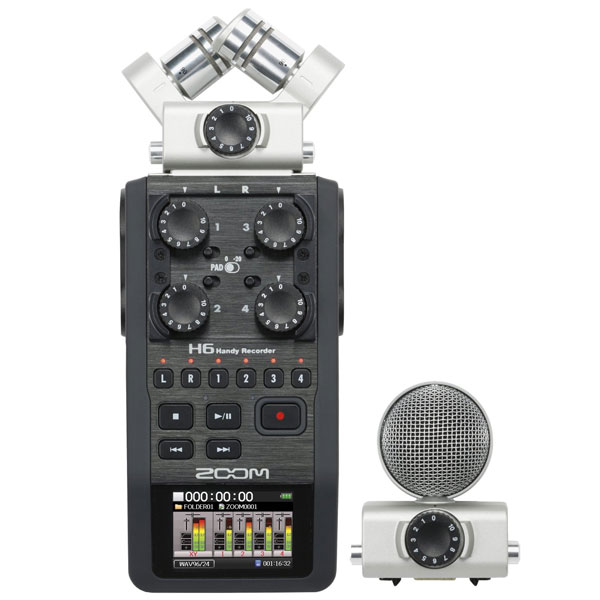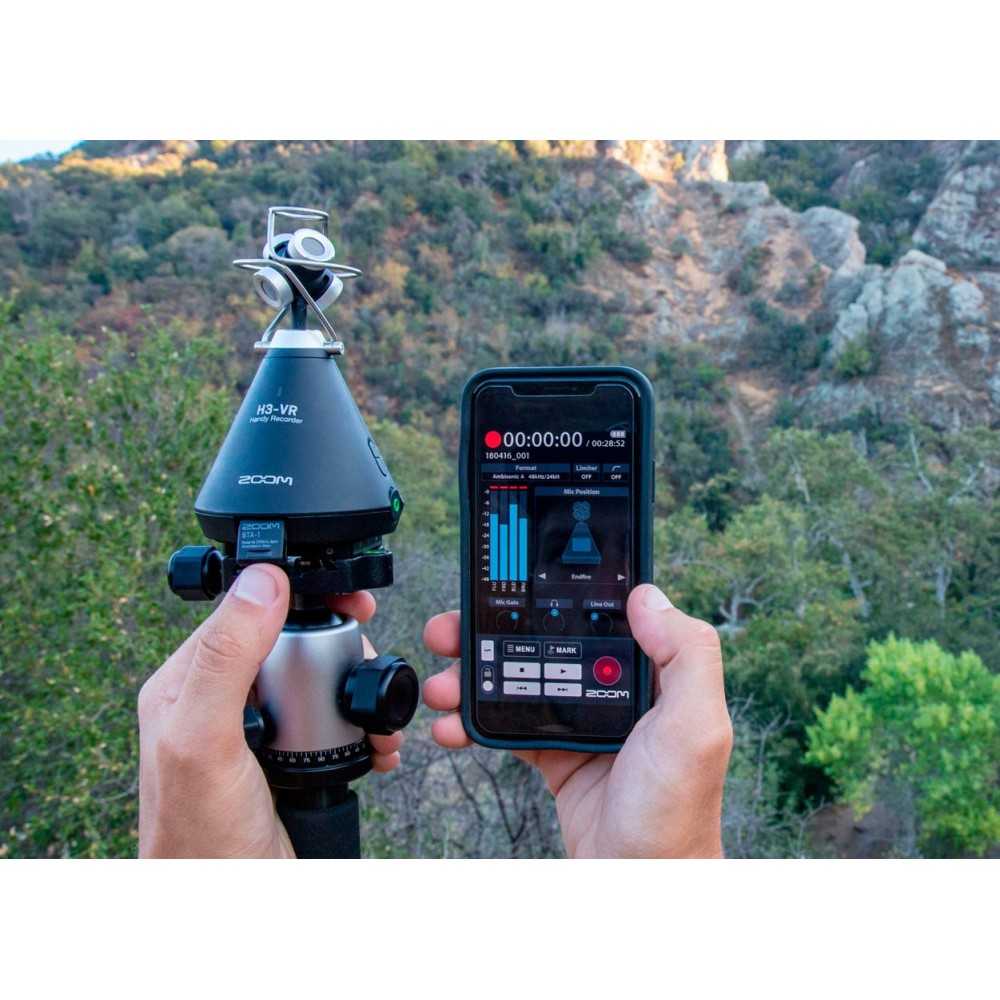

Journalists can easily use this new recorder for handheld interviews. It features 32-bit float recording 192 kHz sample rate simultaneous recording of up to four discrete channels two ultra-low noise pro-quality XLR preamps and an internal timecode generator. Most interesting is the new Zoom M4 MicTrak ($399), a new handheld microphone-shaped recorder. Called the M-Series and starting at $199, these new recorders come in handheld and shotgun styles.
#New zoom recorder 2022 series#
Just before Christmas, 2022, Zoom introduced a series of 32-bit float recorders that sets a new standard for quality, features and price. But it’s always easier to fix level problems in post than having them on location. It’s part of the process that is essential. An audio engineer will need to make adjustments to ensure that the audio signal doesn’t get clipped when downsampling to 24-bit.Īt this point, there is a choice: Either set levels properly on set and record directly in 24-bit, or record in 32-bit float and add the extra step later. This means some data will be lost at some point in the chain.

It frees the mind to concentrate on other things during the production.Įven with 32-bit float, production workflows including editing, mixing and distribution continue to use a 24-bit workflow. This is an advance that removes a key task for overworked one-person sound recordists. The most important change with 32-bit float is that operators don’t have to set or worry about sound levels during recording. It is always important to check that the signal being recorded is problem-free before hitting record. Common problems are an overloaded mic capsule, power line hum or overload from wind.Įven when using 32-bit float, sound operators still need to do correct mic placement, use the right mic mounting gear and employ good wind-protection practices when working in the field. If distortion creeps in before the recording begins, 32-bit float won’t help save the session. The user will need larger size flash cards for audio storage. First of all, the recorded files are about a third larger than standard 24-bit files. Of course, as with all new technology, there are some negatives to using and depending on 32-bit float audio. With 32-bit float, clipping is now impossible. It is hard to grasp this range since the loudness difference between the quietist anechoic chamber to the loudest sound possible is only 185 dB. This is a dynamic range at an astounding 1,528 dB.

With 32-bit float recording, the system can record audio data +770 dB above zero dBFS and –758 dB below. That’s because these digital formats lack the ability to record any data over this threshold. With 16- and 24-bit recording, if the audio level peaked above zero dBFS, it was permanently distorted. With conventional 16- and 24-bit audio recording, this was not possible. What’s so special about 32-bit float recording? Clipped recordings over zero dBFS can be fully recovered without distortion.


 0 kommentar(er)
0 kommentar(er)
